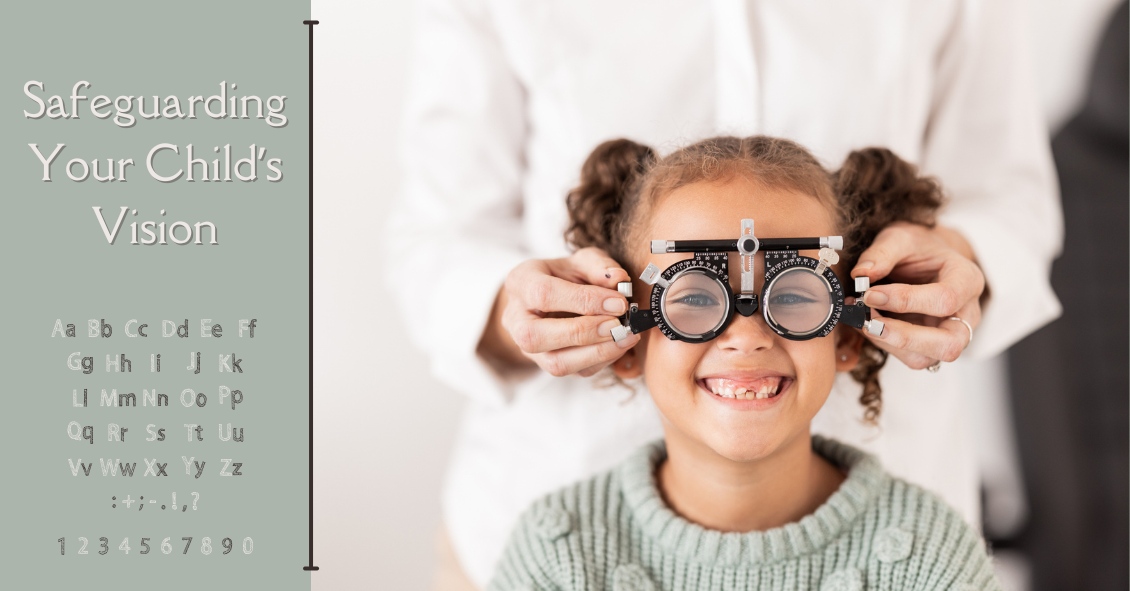Hinsdale Advanced Eye Care’s Low Vision Program
Low vision is a visual impairment that is not correctable through surgery, medicine, glasses or contacts. It is often characterized by partial sight, such as blurred vision, blind spots or tunnel vision. Hinsdale Advance Eye Care provides customized low vision care for individual patient’s needs. We provide a comprehensive evaluation, testing, and treatment plan.
Causes of Low Vision
The most common visual impairments that can cause low vision can include the following:
Age-Related Macular Degeneration (AMD/ARMD): AMD is a leading cause of vision loss among Americans over age 60. It accounts for nearly half of all low vision cases. It is caused when the part of the eye responsible for sharp, straight-on vision – the macula – breaks down and causes a loss of central vision. There are two types of AMD, wet and dry. Wet AMD is caused by the growth of abnormal blood vessels under the macula. Central vision loss occurs rapidly with wet AMD. In dry AMD, light-sensitive cells in the macula slowly break down, leading to a gradual loss of central vision.
Diabetic Retinopathy: According to the National Eye Institute, more than 30 percent of Americans diagnosed with diabetes have some form of diabetic retinopathy. It is a major cause of blindness and is directly related to high blood sugar, which damages blood vessels. That damage affects the retina and can even lead to its detachment.
Glaucoma: Glaucoma is the second leading cause of blindness. With glaucoma, portions of vision are lost over time, usually with no warning signs or symptoms prior to vision deterioration. For many, a decrease in peripheral vision is the first sign of glaucoma.
Cataracts: Over 20 million people in the US alone have cataracts according to Prevent Blindness America. It appears as a clouding of the lens of the eye.
Retinitis Pigmentosa: This is a group of inherited diseases affecting the retina resulting in progressive vision loss. This type of vision impairment often begins in childhood with poor night vision and progresses over time.
There are also many additional causes of low vision, including strokes, TBI (traumatic brain injury) and other diseases common among a wider age range such as Stargardts, albinism, ROP (retinopathy of prematurity), among others.
Low Vision Care
Low vision care requires customized approaches because the causes of each individual case of low vision may differ. Some people develop low vision over time due to aging eyes or a genetic propensity for a certain condition. Other people suffer sudden trauma to the eyes which can result in a loss of vision or vision impairments. A thorough examination by an eye care professional, which may also include tests to establish a baseline of current vision status, will determine an appropriate treatment plan.
Treatment plans may include prescription glasses, specialized optical systems, therapeutic filters, non-optical options, video magnification, and/or medical rehabilitative therapy to maximize the ability to perform activities of daily living (ADL) such as self-care, dressing, grooming, eating, and bathing.
Low Vision Devices
Low vision patients can maximize their remaining vision and develop strategies that lead to a more independent lifestyle through the use of low vision aids. The main principles behind low vision devices are to enhance contrast, control glare and magnify objects using various tools.
Most people use multiple low vision aids because each is designed to serve a very specific purpose. It’s not unusual for someone to have five or more vision aids. Low vision aids have been broken into the following categories:
1) Near-vision magnification
Used for improving near sight: viewing tasks within 20 inches
- Reading
- Writing
- Crafts
- Sewing
Click here to view devices used for near tasks
2) Intermediate magnification
Used for improving vision at arm’s length: viewing tasks 20-40 inches
- Computer work
- Cards or board games
- Crafts
- Playing music
Click her to view devices used for intermediate tasks
3) Distance-vision magnification
Used for improving far sight: tasks usually beyond 6 feet
- Watching TV
- Sporting events
- Cinema
- Spotting street signs
- Driving

 Just like a...
Just like a...

